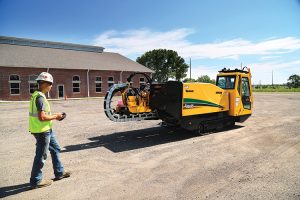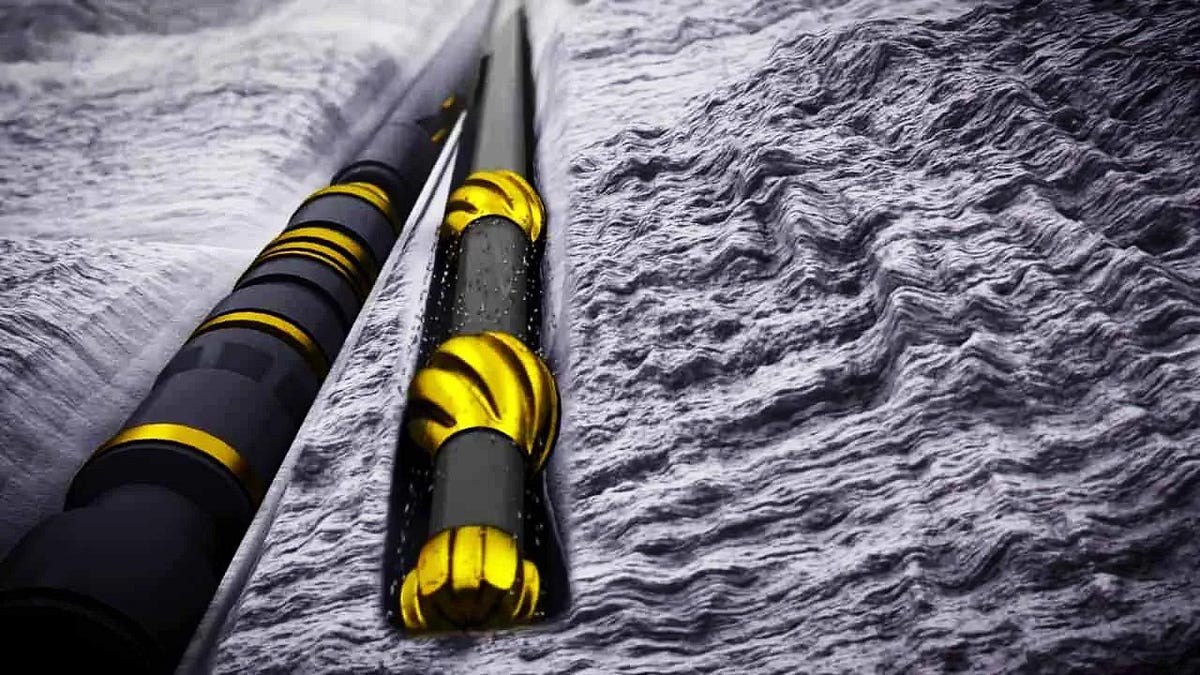Demystifying Directional Drilling Techniques: Navigating the Depths
In the world of oil and gas extraction, directional drilling has emerged as a critical technique, allowing engineers to reach resources that were once inaccessible. This method enables drilling in non-vertical directions, offering solutions to various challenges such as reaching reserves beneath urban areas, mitigating environmental impacts, and optimizing well productivity. In this comprehensive guide, we delve into the intricacies of directional drilling techniques, shedding light on its principles, applications, and advancements.
The Fundamentals of Directional Drilling
Directional drilling involves altering the trajectory of a wellbore to deviate from the vertical plane. This deviation can be controlled to navigate through geological formations with precision. The process typically begins with a vertical section, followed by a curve that gradually redirects the wellbore, leading to the desired target. Several factors influence directional drilling, including geological conditions, reservoir characteristics, and engineering objectives.
Steering Mechanisms
One of the key components of directional drilling is the steering mechanism, which allows engineers to control the direction of the wellbore. Various methods are employed for steering, ranging from simple to sophisticated techniques. Traditional methods involve the use of bent subs or deflecting tools to guide the drill bit along the desired path. More advanced approaches utilize rotary steerable systems (RSS) or measurement while drilling (MWD) technology, enabling real-time adjustments based on downhole data.
Formation Evaluation

Understanding the geological formations encountered during drilling is crucial for optimizing well placement and productivity. Formation evaluation techniques such as logging-while-drilling (LWD) and wireline logging provide valuable insights into the composition, porosity, and fluid properties of the reservoir. This information helps engineers make informed decisions regarding drilling parameters, casing design, and reservoir management strategies.
Applications of Directional Drilling
Directional drilling finds applications across various sectors of the oil and gas industry, offering solutions to complex challenges and unlocking new opportunities for exploration and production.
Horizontal Drilling
Horizontal drilling is a specialized form of directional drilling that involves drilling parallel to the earth’s surface within a reservoir. This technique maximizes contact with the reservoir, enhancing production rates and ultimate recovery. Horizontal wells are particularly advantageous in low-permeability formations or reservoirs with limited access from vertical wells.
Extended Reach Drilling
Extended reach drilling (ERD) refers to drilling wells with horizontal or highly deviated sections extending over long distances. ERD enables access to distant reservoirs from a single drilling location, reducing environmental footprint and operational costs. This technique is commonly used in offshore drilling operations to reach targets located beneath the seabed from remote platforms or land-based rigs.
Advancements in Directional Drilling Technology
Continuous innovation in directional drilling technology has revolutionized the industry, enabling operators to drill longer, faster, and more accurately than ever before.
Automated Drilling Systems
Recent advancements in automation and robotics have led to the development of autonomous drilling systems capable of performing complex drilling tasks with minimal human intervention. These systems incorporate artificial intelligence algorithms to analyze real-time data and adjust drilling parameters accordingly, improving efficiency and safety.
Geosteering Technologies
Geosteering technologies enable precise navigation through the reservoir by integrating downhole measurements with surface data in real time. Advanced imaging techniques such as azimuthal gamma ray logging and resistivity mapping provide detailed geological information, allowing engineers to steer the wellbore along optimal paths and avoid hazards such as faults or fractures.
Conclusion
Directional drilling techniques have transformed the landscape of oil and gas exploration and production, enabling operators to access resources with unprecedented precision and efficiency. From horizontal drilling in unconventional reservoirs to extended reach drilling in offshore environments, the versatility of directional drilling continues to drive innovation and unlock new opportunities in the energy industry. By understanding the fundamentals, applications, and advancements in directional drilling, engineers can navigate the complexities of subsurface environments and maximize the potential of oil and gas assets.

